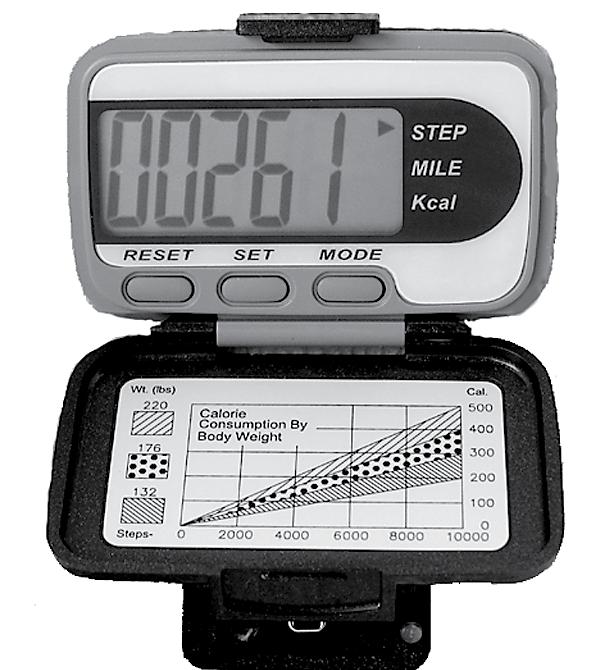
6 minute read
New Zealand Walk: Beyond Motu Falls - a magic
Beyond Motu Falls
Advertisement

The suspension bridge to Whinray Scenic Reserve delivers a dramatic view of Motu Falls. Photo by Neil Hutton
By Jim Robinson
The suspension bridge at Motu
Falls is high and narrow, a spectacular entrance to Whinray Scenic Reserve.
The cable-and-wire bridge is 5km from Motu Village, about a one hour 45minute drive from both Gisborne and Opotiki. It was built in 1994 after a big fundraising effort by the small, welcoming Motu community.
You walk across the bridge, Motu Falls pounding over the rock ledge below and step into the lush forest of 429ha Whinray Scenic Reserve, which is a remnant of the enormous, once famed, Motu bush.
The reserve name recalls James Whinray, who died almost 110 years ago. Newspaper reports of the time suggest he was one of New Zealand’s significant early conservationists, speaking out for forest preservation at a time when mighty forests were being destroyed apace.
Whinray’s 1912 obituary recalled, “A national reserve, which has been set aside at Motu, bears the name Whinray’s Park, a name suggested by citizens who appreciated the splendid efforts made by Mr Whinray in the direction of forest conservation and preserving some of the natural scenic beauties of the district … The park, at present to a large extent in its primitive state of grandeur, will no doubt remain as an enduring monument to one of our far-seeing and most worthy townsmen.”
Whinray was a cabinet maker and an entrepreneurial businessman as well as a councillor. He was in favour of pushing the railway line from Gisborne to Motu so trees could be used for milling instead of just being burned to clear the land, but, he also strongly believed in preserving “breathing spaces for the people”.
The Motu reserve was established in 1903/4, after the government withdrew a section of land from sale to

Beyond Motu Falls - a magic breathing and conservation space settlers. A news report recorded a council meeting in which Whinray moved that council thank government for setting the land aside. Not all the councillors were enthusiastic and one was quoted, “When he heard of a section in the Motu spoken of as required for a breathing space it struck him as the sort of rubbish they had listened to in the council many times before. To talk of their requiring a health reserve in a place like the Motu was really too much for serious-minded people to think about.” Fortunately, Whinray’s foresight won through: the section was indeed protected. Not simply a breathing space, the forest of Whinray Scenic Reserve today is an important conservation area, an excellent example of primary podocarp forest, with kahikatea, rimu, totara, matai and miro. .Above: A head for heights is helpful if pausing on the suspension bridge. Photo by Mead Norton
Whinray Track crosses the reserve, the 6km distance making a straightforward two-hour walk each way, with no big hills. Thanks to the longstanding efforts of Whinray Ecological Charitable Trust, there is healthy bird song.
“Whinray is now the most valuable original podocarp forest ecosystem within the East Cape region, with over 23 regionally rare species becoming more abundant,” says Steve Sawyer of Gisborne-based EcoWorks. Steve has been involved with conservation work in the reserve for over 20 years.
“We are building on James Whinray’s legacy, taking it a step further and putting intensive pest and species management in place to make this an outstanding site for visitors and our wildlife,” he says.
“The reserve is regionally representative of both the tree forest giants and bird species which are now becoming regionally extinct in almost every other forest. Species such as North Island robin, rifleman, kaka, Hochstetters frog and the endangered striped skink (a tree climber living in mature totara canopy) are all found here and, more importantly, are becoming abundant again. Kawaka is another tree species which is rare due to pest impacts. We see seedlings and recovery of this species and others such as rata and raukawa which are hit by deer and possums.”
“Several species are indicators of our success. Kereru increase in numbers if possum control is a success: we now have flocks of 30 kereru. Rata is again flowering in December whereas previously it was decimated by possums.
We have increasing North Island robin numbers and chicks recorded

Above: Looking into the tawa trees from the Whinray
Reserve track. Photo by Jim Robinson
The H215 Professional 4 Function Pedometer
The H-215, 4-function pedometer is a superb, reasonably priced pedometer that counts steps, calculates distance, calories burned and has a 12/24 hour clock. This is the model that has sold over a quarter of a million worldwide. It has the largest display of any pedometer we tested and is very accurate. Dimensions: (L) 5.6 * (W) 3.7 * (t) 2.7 cm Price only $36.95 plus $7.00 P&P

Phone 0800-925-546 for bulk prices
Available now from: Walking New Zealand Shop
P O Box 1922, Palmerston North - Phone 0800-925-546 Fax 06-358-6864 or email walkingnz@xtra.co.nz. www.walkingnewzealand.co.nz
Great walking on the Pakihi and other tracks.
BE SET FREE

www.motutrails.co.nz
Facebook/Instagram: Motu Trails Cycleway
email jim@motutrails.co.nz to have a brochure mailed to you free (NZ only)

Beyond Motu Falls - a
magic breathing and conservation space .

Above: When the Motu River runs high, the falls throw spray up to the
bridge. Photo by Jim Robinson Middle left: Motu Falls Road. Photo by Jim Robinson Below left: High rainfall makes for a lush forest. Photo by Jim Robinson
each year, which means rats and stoats are being successfully controlled. We have flocks of whitehead and many tomtit in abundance. Large family groups of rifleman, grey warbler, huge numbers of tui and bellbird, weka are common.”
Steve has been recording bat ultrasonic call rates across the East Cape region since 2010 and “Whinray Reserve tops everything, we have the highest density of long tailed bat that I have seen in Tairawhiti.”
Positive news for kiwi, too. “In the late-1990s, kiwi call rates here were very low. One call heard in a night was very exciting. Now I hear up to six calls in an hour. We have about 20 kiwi pairs in the reserve and there are others all around on private land, up to 50 pairs in the greater MotuPaparangi–Urutawa area.
Most chicks migrate out into Urutawa or Raukumara, so we are repopulating the East Cape with kiwi.”
It’s easy to organize an overnight break in Motu featuring a walk in Whinray Scenic Reserve because in Motu Village, there’s accommodation including Motu Community House (06 863 5804) and The Weka Nest (06 863 5052), both excellent places to stay.
Both these accommodation providers welcome cyclists who are riding the Motu Trails towards Opotiki or Gisborne, as well as walkers and others.
There’s no cycling allowed in Whinray Scenic Reserve, but the 5km gravel road down to the falls makes a nice easy pedal.
Whether you drive, bike, or walk down to Motu Falls, walk over the cable-and-wire bridge, past the rhythm of the falls, into Whinray Scenic Reserve.
It’s a magic breathing—and conservation— space.











